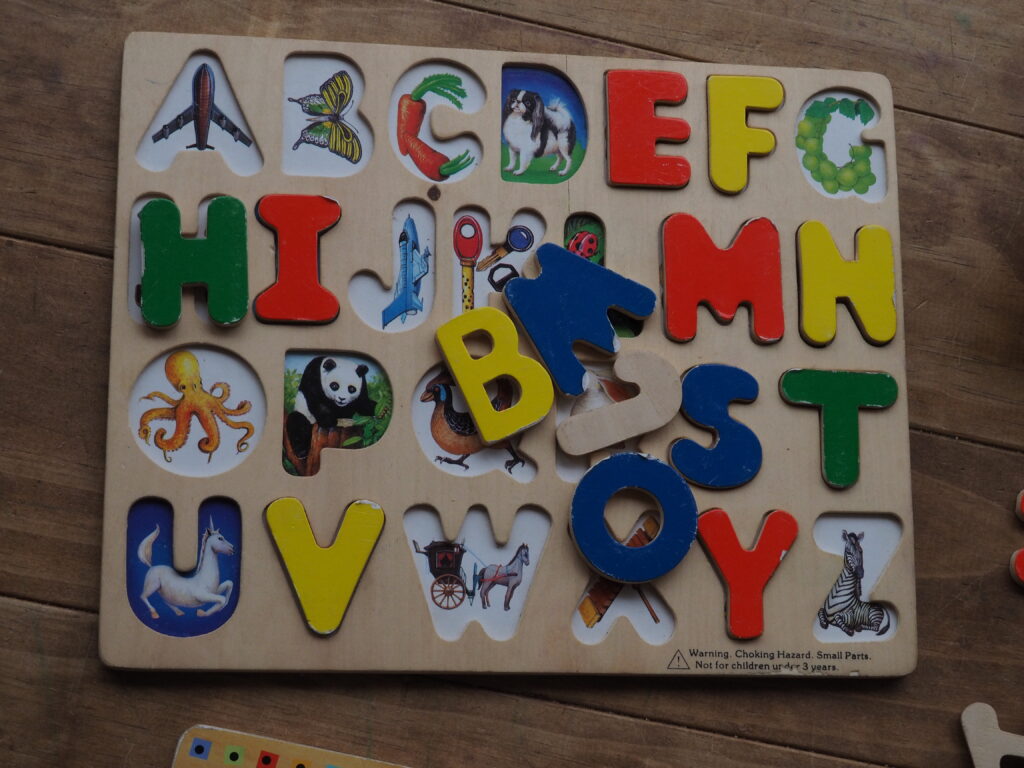
Black teachers: How to recruit them and make them stay

Lessons in higher education: What California can learn

Keeping California public university options open

Superintendents: Well-paid and walking away

The debt to degree connection

College in prison: How earning a degree can lead to a new life

California still has a long way to go to catch up with other states in quality and access to preschool, according to a national report that ranks all state-funded preschool programs.
The “State of Preschool Yearbook” is published every year by the National Institute for Early Education Research (NIEER), based at Rutgers University.
California was ranked 14th in access to preschool for 4-year-olds, with about 37 percent enrolled in California State Preschool, which serves low-income children, and transitional kindergarten, which serves 4-year-olds who will turn 5 between Oct. 2 and Dec. 2.
In Oklahoma, Vermont and Florida, about 75 percent of 4-year-olds are enrolled in state preschool programs. In Washington, D.C., 85 percent are enrolled. West Virginia, Wisconsin, Georgia and South Carolina are among the other states with a larger percentage of 4-year-olds in preschool programs than California.
“It’s interesting that [some] states that don’t have a lot of money have decided they can’t afford not to provide a preschool education,” said Steve Barnett, NIEER founder and senior co-director, during a webinar about the report.
California ranks eighth in funding per child, but continues to lag behind many other states on the quality standards used by NIEER to rank programs. These include quality curriculum, a class size of fewer than 20 children, and a staff-to-child ratio of 1-to-10 or fewer. The standards also include offering professional development for teachers; a program to evaluate continuous quality improvement; offering vision, hearing and health screenings for children; and requiring teachers to have bachelor’s degrees and specialized training in early childhood education.
Though California’s State Preschool Program meets six of the 10 standards, transitional kindergarten (also known as TK) only meets two of them.
“One of the difficulties with public education, especially something like TK, which is tied to K-12, is that a lot is left up to local control,” Barnett said. He said some school districts may have higher quality programs, but it varies by district.
Gov. Gavin Newsom made expanding preschool a priority during his campaign and in his first budget proposal — released in January — he proposed extending subsidized preschool to all low-income 4-year-olds over three years, and eventually to all 4-year-olds, regardless of income. In addition to Newsom’s proposals, there are currently at least 17 bills introduced in the Legislature to increase quality and expand access to early education programs.
This year, NIEER also looked at the salary gap between state preschool teachers and public elementary school teachers. The researchers found California has the largest gap, with state preschool teachers’ average salary of about $30,000 versus the statewide average salary for public elementary school teachers of $80,000. However, this gap probably varies widely, depending on school district, since average salaries of public elementary school teachers vary from about $40,000 in some districts to about $130,000 in others.

The overreliance on undersupported part-time faculty in the nation’s community colleges dates back to the 1970s during the era of neoliberal reform — the defunding of public education and the beginning of the corporatization of higher education in the United States. Decades of research show that the systemic overreliance on part-time faculty correlates closely with declining rates of student success. Furthermore, when faculty are… read more

Panelists discussed dual admission as a solution for easing the longstanding challenges in California’s transfer system.

A grassroots campaign recalled two members of the Orange Unified School District in an election that cost more than half a million dollars.

Legislation that would remove one of the last tests teachers are required to take to earn a credential in California passed the Senate Education Committee.
Comments
Comments Policy
We welcome your comments. All comments are moderated for civility, relevance and other considerations. Click here for EdSource's Comments Policy.